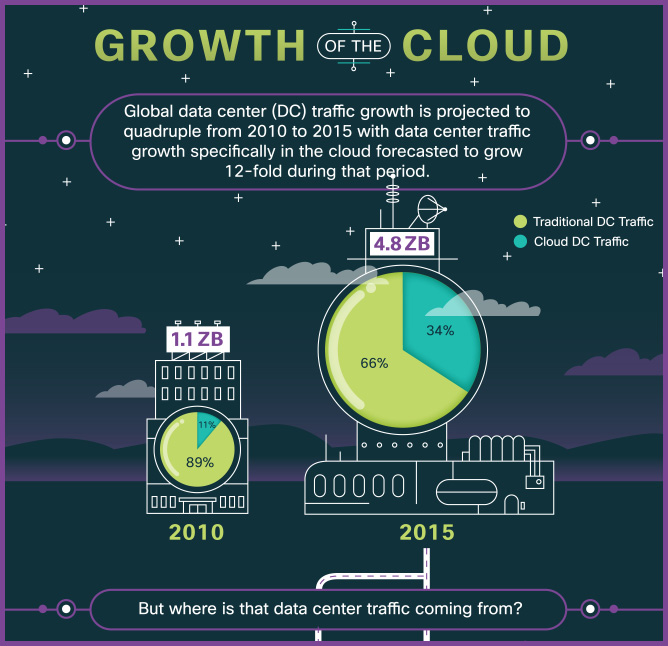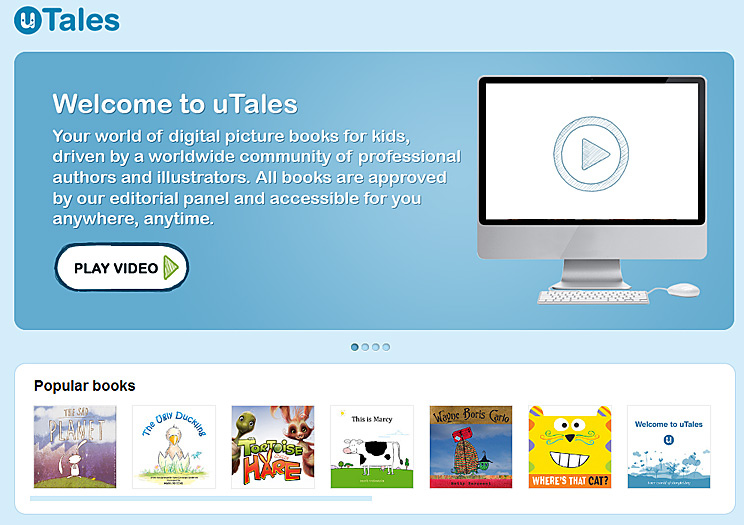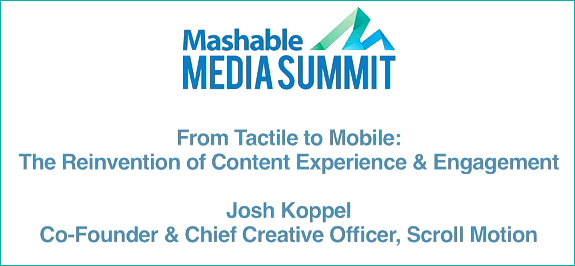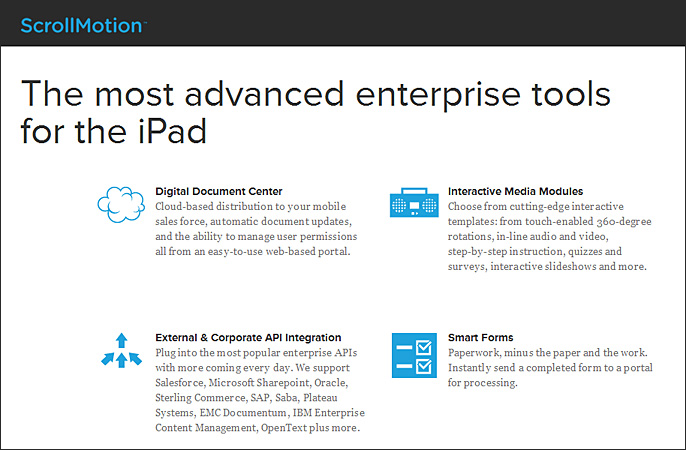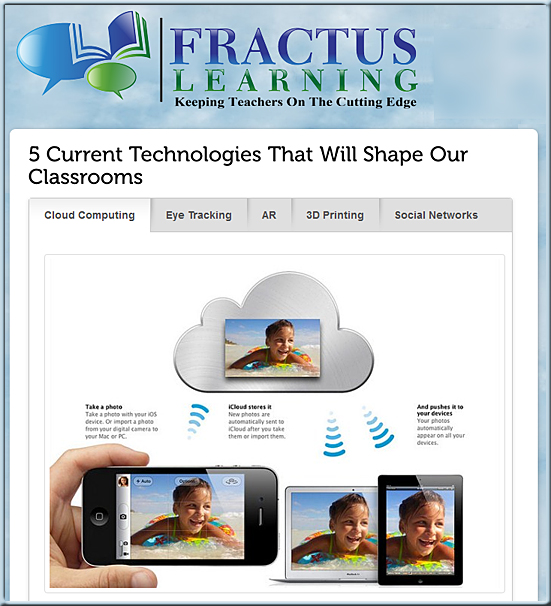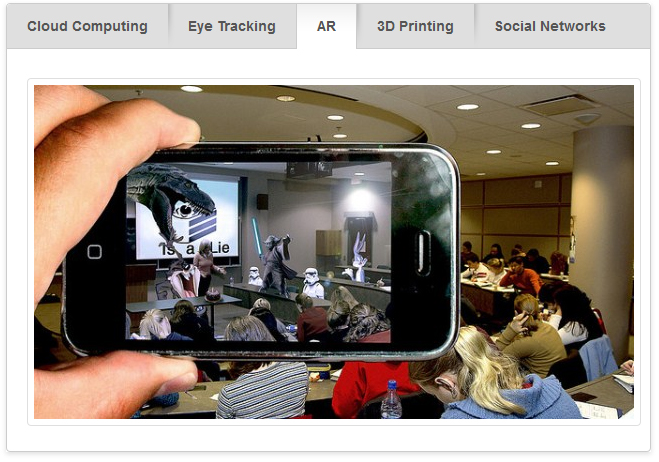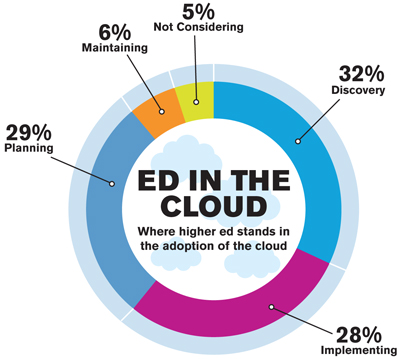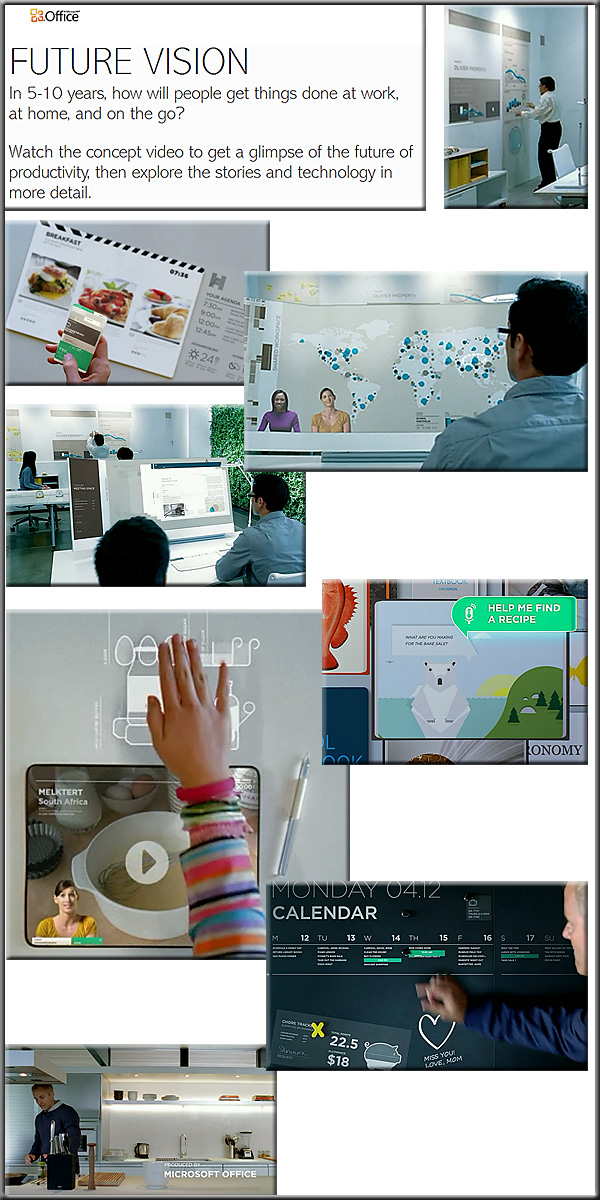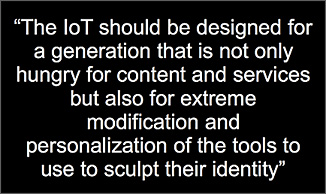Some items on this:
- The world of many clouds — from Cisco.com
Excerpt:
Cloud – the combination of computing, networking, storage and management – fundamentally changes the way businesses deliver services to improve economics and flexibility. While the notion of “the Cloud” is often thought of as a single entity, in fact, there are many types of clouds: private clouds, public clouds, hybrid clouds, and even interconnected communities of clouds serving different verticals, like government, health care or finance. Indeed, we live and work in a world of many clouds. Cisco’s CloudVerseenables this world of many clouds by delivering:- Innovative applications and services designed specifically for the cloud, from security and video to collaboration and infrastructure-as-a-service
- A unified data center that flexibly shares resources within a data center and across data centers, and
- A cloud-intelligent network that provides advanced ways to interconnect resources offering a consistent and secure user experience, independent of user location and number of clouds involved.
Check out this blog to get more details.
- Cisco beefs up cloud computing push — from WSJ.com by Ben Worthen
Cisco Systems on Tuesday unveiled what it’s calling a “framework” for building big data centers, letting potential customers know how they can use various Cisco products together–and hopefully leading to more sales of its equipment. The products in the announcement are largely things that Cisco already sells. But now Cisco is laying out a vision for using them to better manage information across data centers. “For a long time we’ve provided individual components,” said Padmasree Warrior, Cisco’s chief technology officer, who issued a blog post on the announcement. “What we are doing now is bringing these sets of products together.”
- Cisco lays out agressive strategy to capture more cloud business — from allthingsd.com by Arik Hesseldahl









